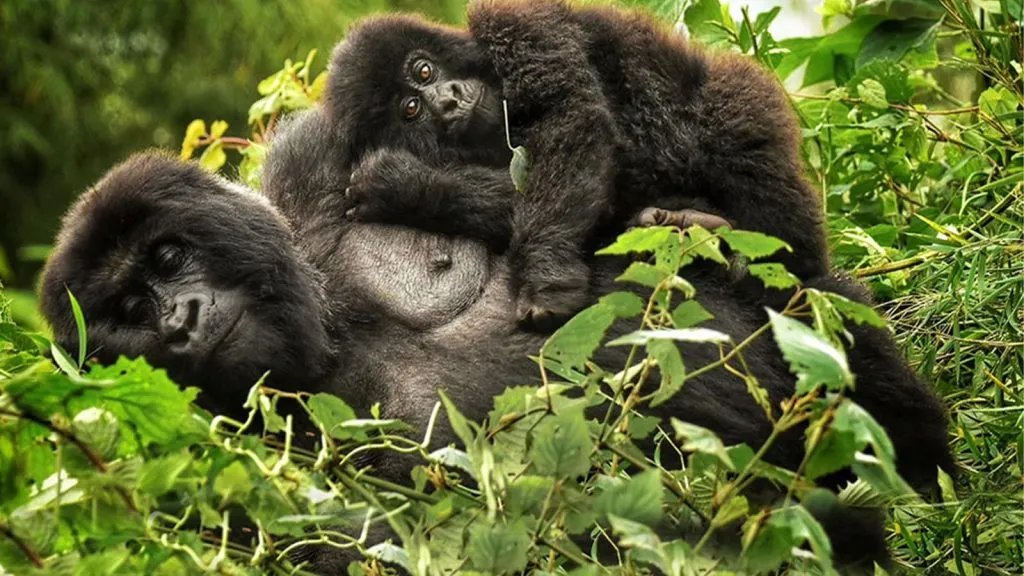Sustainable Tourism in Gorilla Trekking—Protecting the Wild While You Explore
Sustainable tourism gorilla trekking. Gorilla trekking is one of Africa’s most powerful wildlife experiences. It brings travelers deep into misty mountain forests to meet endangered mountain gorillas in their natural habitat. But this privilege comes with responsibility. Without care, tourism can threaten the very wildlife it seeks to celebrate.
That’s where sustainable tourism comes in—a way to travel that benefits nature, wildlife, and local people, without causing harm.

Why Sustainable Tourism Matters
Mountain gorillas are a conservation success story. Once close to extinction, their numbers have grown thanks to strict protection, scientific research, and—importantly—regulated tourism.
Each time you buy a gorilla permit, part of that money supports:
- Anti-poaching efforts
- Veterinary care for injured gorillas
- Community development projects in surrounding villages
Your trek is not just an adventure—it’s a lifeline for conservation.
How Gorilla Trekking Supports Conservation
The governments of Uganda, Rwanda, and the DRC limit gorilla trekking permits. Only eight tourists can visit each gorilla family per day, for one hour only. This reduces stress on the gorillas and minimizes the risk of disease transmission.
Tourism revenue has also helped create buffer zones around national parks and built schools, clinics, and clean water systems for nearby communities. When locals benefit, they’re more likely to support conservation.
How You Can Be a Responsible Trekker
Every visitor plays a role. Here’s how you can help:
- Book with licensed operators who follow conservation rules
- Keep a safe distance from gorillas—at least 7 meters
- Do not visit if you’re sick, even with a minor cold
- Avoid using flash when taking photos
- Respect forest paths and avoid littering
- Learn about the culture and support local businesses
These small actions create a big impact.
Supporting Communities Beyond the Trek
Sustainable tourism goes beyond the forest. Many lodges near Bwindi, Volcanoes, and Virunga National Parks now employ locals, use solar power, and grow their own food. Some even run women-led craft centers, schools, and health programs.
You can visit Batwa cultural villages, buy handmade souvenirs, or take guided nature walks led by locals. These experiences deepen your connection while spreading income across the region.
The Balance Between Access and Protection
It’s tempting to want more time with the gorillas, but the one-hour rule exists for a reason. It keeps the animals wild and ensures future generations can see them, too.
Gorilla trekking is one of the best examples of wildlife tourism done right—but it only works when everyone respects the system.
Plan Your Safari with Purpose
When you choose sustainable travel, you give back to the land and people who welcome you. Gorilla trekking offers a rare moment of connection—not just with wildlife, but with the earth itself. And by protecting that moment, we protect the future.

